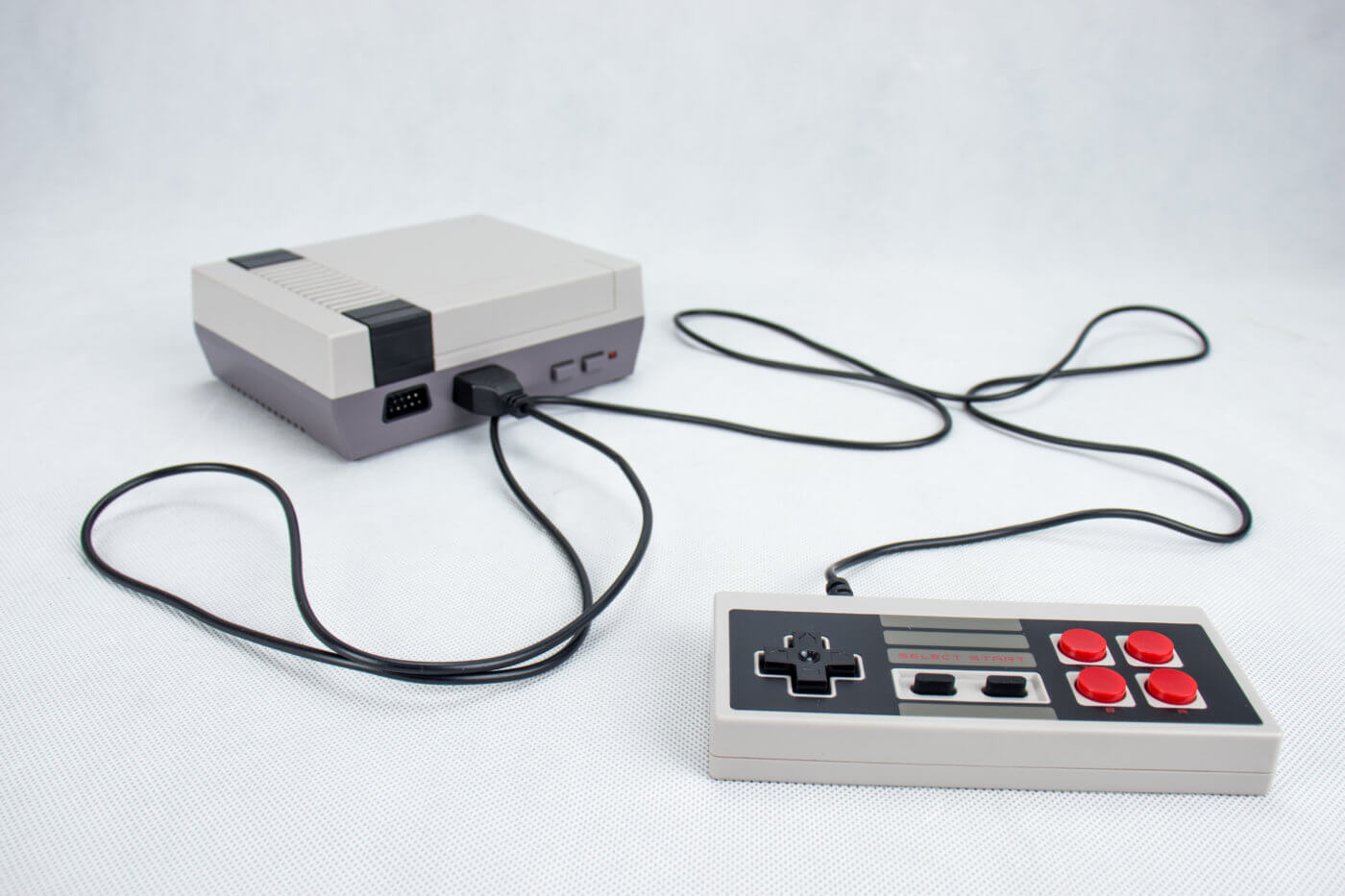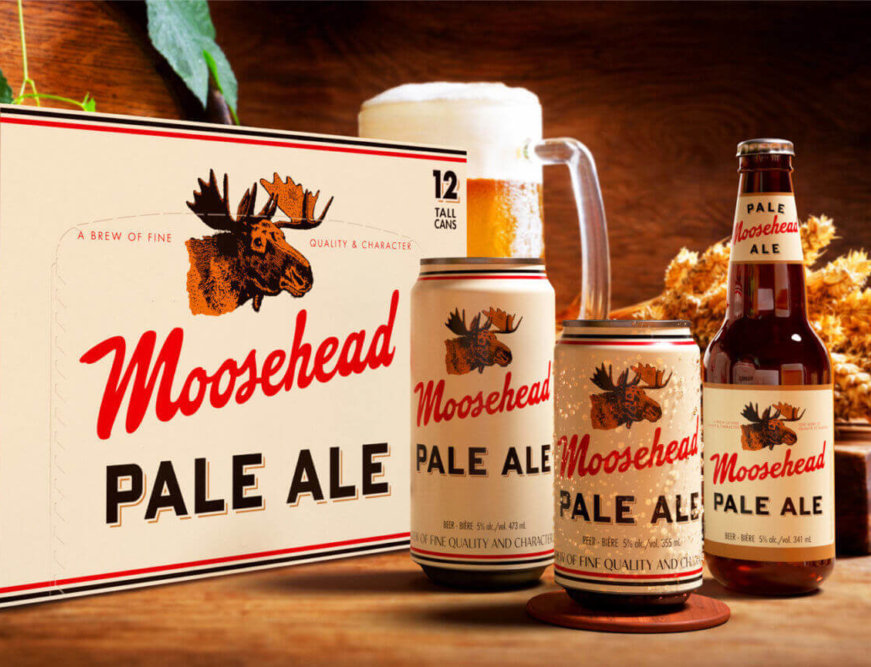Emotional connection is critical for a brand because it creates a deeper connection with consumers, influencing loyalty, purchase behavior, and overall brand perception. By evoking fond associations with a particular era, product, or cultural moment, brands can establish a bond with consumers, through a sense of comfort and trust.
Human decision-making is greatly driven by emotion. A strong emotional connection can push consumers to make choices in a “blink of an eye”, subconsciously aligning with a concept that we call the “Blink Factor”. In this blog, we’ll explore why nostalgia resonates so deeply with consumers, how it can be leveraged through strategic design, and how the Blink Factor approach can build impactful brand experiences.
Why Nostalgia Works: Insights From Consumer Psychology
From a psychological perspective, nostalgia bridges the gap between the past and the present. It reminds consumers of “simpler times”. This is particularly powerful in periods of uncertainty, as people gravitate towards what feels familiar. One of the biggest reasons why nostalgia is so sought after is because it is generally considered a happy feeling that brings about other similar emotions- such as warmth and comfort.
Nostalgia can play a role in influencing consumer behavior and the pandemic only escalated this – with over half of consumers studied displaying habits of reading, watching, and listening to old media from “back in the day”. Nostalgia is not only influential when it comes to everyday routines, it can also sway consumers away from typical purchasing factors, like price or even brand.
Nostalgia and Retro Design in Branding
There have been many examples of nostalgia and retro design influencing the shopping patterns of consumers. One example includes Nintendo and its re-release of the NES classic system.
With the NES being one of the most successful video game systems of all time, many young adults and millennials remember their time with the system from their childhood. In 2016 and 2018, Nintendo re-released the system for a limited time as a play on nostalgia, and the results were incredible. The new (or old) system outsold every single console on the market, with skyrocketing sales forcing Nintendo to extend the length of the limited edition consoles availability.


Image Source: Shutterstock
Polaroid’s marketing efforts capitalize on nostalgia by blending its rich heritage with modern trends to create a unique and emotional brand connection. In 2020 the company rebranded with a familiar look and feel. Polaroid leaned heavily into its roots, by reimagining the rainbow icon and font from its old branding. Even their social media and website displays a collection of vintage photos. This approach appeals to both older generations who remember the classic Polaroid experience and younger consumers drawn to the retro aesthetic.


Image Source: Polaroid’s Official Website
Designing for Instant Emotional Connection
A great example of evoking emotion through product design is Moosehead Breweries retro packaging. While the product itself didn’t change, the packaging was retrofitted with an adaptation of one of the original Moosehead Brewery packages. This package is a visual example of what makes the Blink Factor work so well. In this case, nostalgia taps into quick emotional triggers using visual cues, storytelling, and strategic design choices.


Image Source: SLD
The Future of Emotional Connection In Design
There’s no question that nostalgic and retro design has been making headlines as a way to draw in consumers, especially the multitude of throwbacks like crystal Pepsi, brands partnering with nostalgic experiences like Airbnb x Blockbuster, or even in the advertising space with the return of the Geico caveman or the new and improved Ikea “start the car” commercial.
Bringing back fan favorites in new settings can be advantageous as it creates those fuzzy nostaglic feelings, within a modern context. A perfect example of this is Doritos’ famed guacamole flavored chips. Released for only for a limited time, the packaging displayed exclusive retro-style design that spoke to the earlier rendition of the Doritos brand. To win the attention of a modern audience, Doritos decided to upgrade its packaging while retaining elements of the original design.


Image Source: Doritos Official Website
In this redesign, color was the most important aspect, using a light green that resembled the complexion of an avocado. Updated elements inspired by traditional Mexican design were used to communicate the sharp flavor while keeping with Doritos’ current identity. This highlights the newness of the flavor while sticking to the classic Doritos branding and portfolio that everyone has come to know and love.
Conclusion
Nostalgic marketing naturally incorporates the Blink Factor by creating instant emotional connections that resonate with consumers. These campaigns often leverage design elements such as vintage color palettes, typography, and familiar iconography to create a sensory experience that heightens emotions and keeps the brand memorable.

